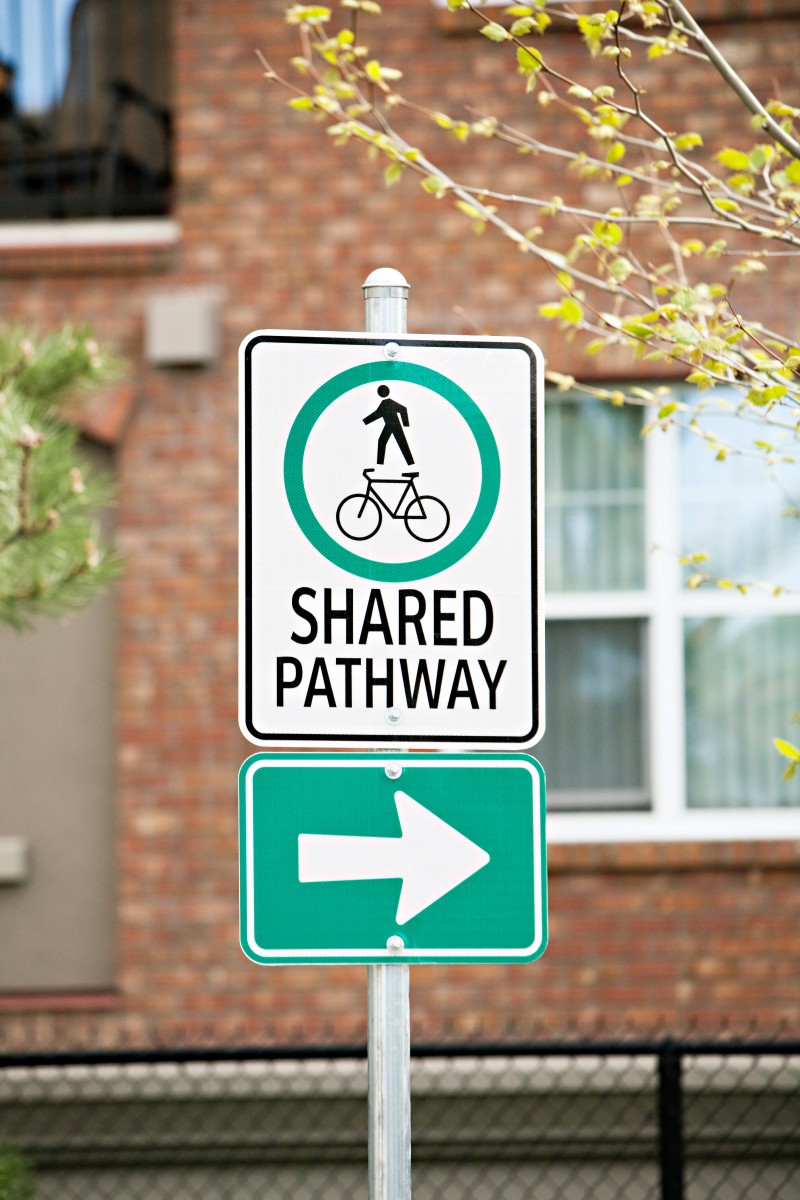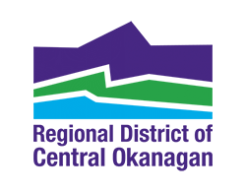Bicycling safety
Be predictable. Be safe. Be heard.
Being predictable is the key to cycling safety. Refer to the Bike Sense Manual for more detailed safety information for cyclists of all skill levels.
Five basic safety principles
(adapted from the BC Bike Sense Manual)
- Know and obey the rules of the road. Cyclists have the same rights and duties as motorists.
- Maintain your bicycle and ensure it is in good working order.
- Be as visible as possible to others.
- Learn the skills needed to control your bike.
- Safely and predictably ride your bike in traffic.
Share the path

Everyone using pathways should be mindful of other users. Paths marked as shared-use are used for walking, running, and rolling by people of all ages and abilities. Be aware of the rules and etiquette to keep pathways fun and safe for everyone.
- Be aware. Stay aware of your surroundings so that you can hear others who may want to pass.
- Keep right, pass left. Make space for others who need to pass.
- Be predictable. Check for oncoming path users before changing direction.
- Don't block the path. Move to the side when stopping.
- Control your speed. Need to go fast? Try using the on-road bike lanes.
- Be heard. Alert others before passing but slow down and give plenty of space in case they don't hear you.
- Yield to pedestrians. People riding bikes have the same rights and responsibilities as a driver of a vehicle. This means yielding to pedestrians and obeying traffic signs and signals.
Road safety
- Wear a properly-fitting, CSA, ANSI, ASTM, or Snell-approved helmet. In BC, it’s the law, but more than that, it just makes sense to protect your head.
- Wear bright clothing during the day and reflective clothing at night to remain visible.
- Use front and rear lights and reflectors for night time riding.
- Find a biking buddy if you're new to cycling.
- Plan to take the safest routes by using printable maps or Google Maps (select the bike icon in the directions tool bar area), which will identify bicycle lanes, paths and routes.
- Obey the rules of the road to help prevent collisions. Bikes are considered vehicles, too.
- Scan the road, be alert and ride defensively. You cannot assume that drivers see you, so make sure that they do.
Keep your bike safe. Remember to lock up your bike by using a bike rack or renting a bike locker.






